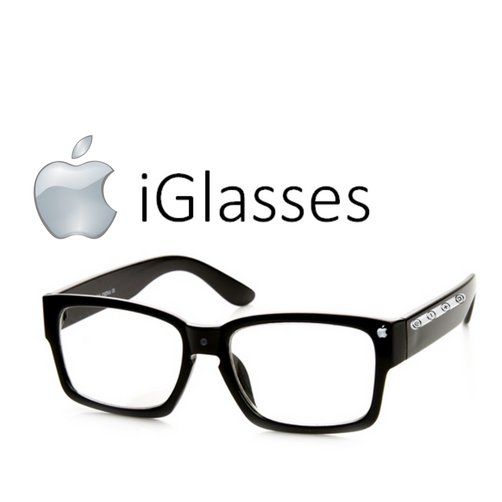

Iglasses reviews skin#
The patent describes the monitoring of head movements, jaw muscles and movement, mouth opening, respiratory rate, blood pressure, heart rate, heart rate variability, oxygen saturation, skin moisture, body temperature, body posture, glucose blood levels, stress and others. A new patentv continuation describes the use of sensors in glasses that look like ordinary prescription glasses that can perform extreme feats of biomedical detection. They will be fittable with prescription lenses.Īpple may turn its AR glasses into health-related, quantified-self devices to replace or augment the role of the Apple Watch.

They'll look as much like ordinary prescription glasses as possible, and the user will look through glass lenses, with virtual objects and information appearing to float holographically in the real world. What we know about Apple's AR eyeglassesĪpple's second major platform is AR glasses designed to be worn all day, every day and everywhere. Apple wants to ship the headset as early as next year. They're still prototyping and testing a wide range of input devices, including rings, gloves and in-the-air hand gestures. We don't know the weight of the headset, but observers have noted that the prototype does not feature a top-of-the-head strap associated with heavier headsets currently on the market, leading to speculation that it will be exceptionally lightweight.Īpple hasn't figured out how the headset will be controlled. A low-res mockup of a high-res render published by The Information was reverse-engineered by Antonio De Rosa, who created high-rez versions based on real data. The headset will set a new standard in sleekness. Vrvana was known for a dial on the side of the headset for dialing in and out of VR. It's apparently based substantially on the headset developed by Vrvana, which Apple acquired in 2017. Prototypes have Lidar for real time mapping of the physical environment. Some are pointed at the user, possibly for face-mapping, FaceID, and eye-gaze detection. Some are pointed outward for capturing the real world in real time for AR. Prototypes have as many as 14 cameras in total. The headset also has a screen on the outside, visible to bystanders who are looking at the user. The display technology is so advanced that if Apple's headset ships next year it will not contain this technology. Micro OLEDs should be thinner, lighter and more power-efficient than glass-based displays. (TSMC) to develop what has been described as "ultra-advanced" micro OLED displays "less than 1 inch in size" at a secret facility in Taiwan, according to a report in a Japanese business publication. Peripheral images will be low-rez.Īpple is working with a company called Taiwan Semiconductor Manufacturing Co.
Iglasses reviews full#
It appears that eye-tracking will control which parts of the screens are full resolution. The full resolution on both screens is unlikely. The "real world" of your immediate physical environment will be displayed on the screens just like virtual objects will be. What we know about Apple's mixed reality headsetĪpple's first smart glasses product will function like virtual reality (VR) goggles, meaning that you look at screens instead of through glass. Here's everything we know so far about Apple's mixed-reality headset, and also about Apple's AR eyeglasses. Apple's entry into a new platform matters because that company takes ideas that have been in the air and productized on the fringe and turns them into mainstream, culture-changing products.Īnd I believe Apple's "iGlass" products (we don't know about the branding) will bring smart glasses and 3D holograms a part of everybody's everyday life and work to the mainstream. It was also true that other companies sold PCs before the Apple I, music players before the iPod, touch-screen phones before the iPhone and tablets before the iPad. Yes, other companies have already launched glasses, goggles, headsets and other facetop devices of every description and none has taken the world by storm. Let's dismiss the naysaying naysayers right from the start. The first is a mixed reality headset, and the second is an augmented reality (AR) glasses device. Thanks to reporting from multiple sources, especially Bloomberg and The Information, analyst speculation, as well as published patents, we can be reasonably sure that Apple is working on two major face-worn headset or glasses platforms. The future of Apple's glasses projects is coming into focus.


 0 kommentar(er)
0 kommentar(er)
